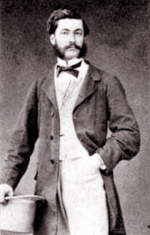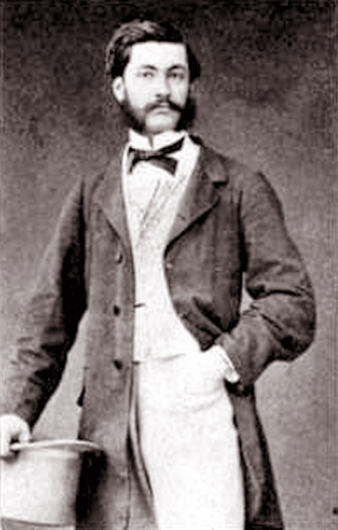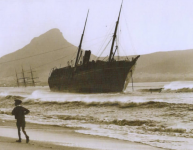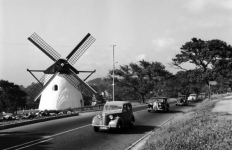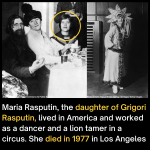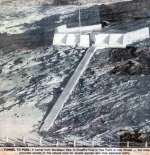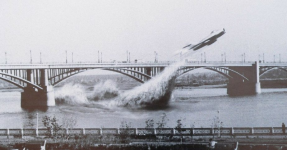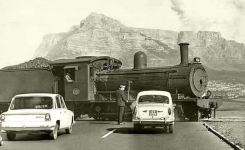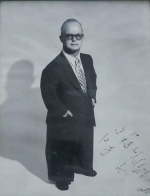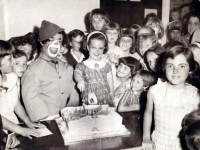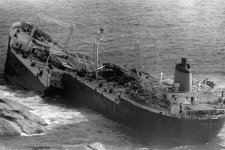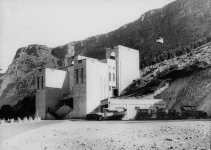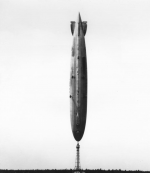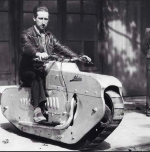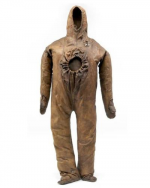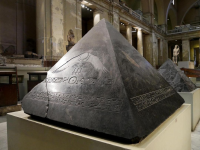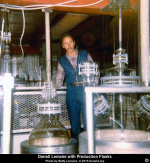
Darrell Lemaire August 28, 1926
Darrell Lemaire was an American mining engineer and psychedelic drug researcher
Darrell Lemaire was born in Reno, Nevada. At the age of eleven, he spent the summer with his grandparents in Battle Mountain. Helping out with his grandfather's mining prospects, he learned to muck, pick, shovel, hand drill, and use blasting powder.
In 1945, he married Beth Grant, and within a few years they had two sons. Following a two-year stint in the Navy, in 1946 Lemaire built his own small four-room house nearby the university, where he began taking classes. He earned a B.S. in chemistry in 1950 from the University of Nevada, and taught chemistry there for a couple of years before he went on to obtain a Master's degree in metallurgical engineering from the Mackay School of Mines in 1954. For a couple of years in the mid-1950s, Lemaire operated a portable milling plant of his own design, which could process ores on location, near mines. He then sold the device, and in 1957 he went to work for a Uranium processing plant in Tuba City, Arizona, on the Navaho Indian reservation. At work, one of his white co-workers disparagingly pointed out several peyote users among the Indians that they worked with; Lemaire didn't understand his co-worker's negative attitude, since the individuals that this man had singled out were among the best workers at the plant. This led Lemaire to become curious about peyote, and eventually other psychoactive drugs as well.
While living in Tuba, Lemaire had a recollection from his days as a child assisting his grandfather's prospecting pursuits. Lemaire remembered how a fellow prospector had related a method for locating mercury; this memory led Lemaire in 1960 to develop, build, and sell mercury detectors. Working with his sons, his new business was thriving, so they all moved back to Reno. In 1962, Lemaire and his sons built an underground machine shop by using dynamite to blast a tunnel into the volcanic plug that their house was on. In 1968 he sold his company for a good price; he was able to retire at the age of 42, and his underground machine shop became a wine cellar. That same year, he and his wife got divorced. With ample free time on his hands, Lemaire began to look more closely at psychoactive drugs, beginning with Cannabis. Inspired by his later experiences with mescaline and methylenedioxyamphetamine (MDA), and disheartened by the spotty black market for psychedelics, Lemaire decided to manufacture his own medicine. In 1969 he began to research and synthesize psychoactive compounds that were or might be useful as adjuncts for psychotherapy.
In 1976, Lemaire married Betty Lamb, who often accompanied him on his psychonautical sojurns. During that same year, Lemaire was one of three chemists (the other two being David Nichols and Sasha Shulgin) who were inspired, independently, to synthesize and bioassay what they suspected might be a psychoactive drug with interesting effects: 3,4-methylenedioxymethamphetamine (MDMA), an analog of the "love drug" methylenedioxyamphetamine (MDA), which had been put into Schedule I six years earlier. Having previously found MDA of great psychotherapeutic value, it occurred to Lemaire to synthesize the methamphetamine analog, MDMA, and see whether or not it might be a useful substitute for the scheduled amphetamine compound. After making some and trying it, he felt that MDMA was even better in many respects than MDA.
Lemaire's research led him to Shulgin's publications in the field, inspiring him to synthesize a novel ring-substituted beta-methoxyphenethylamine. As a structural analog of the neurotransmitter noradrenaline, Lemaire's compound represented an entirely new class of psychedelic drug. After Lemaire and Shulgin became friends in the early 1980s, Shulgin encouraged Lemaire to help medical doctors who wished to manufacture MDMA for use in their psychotherapeutic practices. Lending his assistance in this endeavor, at least 19.5 kilos of MDMA were produced in Lemaire's underground "wine cellar repurposed as an ecstasy production lab" before the medication was placed into Schedule I and he could no longer provide this service. He continued to make nonscheduled psychoactive compounds until the government instituted the Controlled Substance Analogue Enforcement Act of 1986, at which point he shut down his lab.
In 1990, using the pseudonyms "Lazar" and "Hosteen Nez", Lemaire summed up some of his earlier findings. Within a small, self-published, underground pamphlet titled Certain Exotic Neurotransmitters as Smart Pills or Compounds that Increase the Capacity for Mental Work in Humans, Lemaire described the effects of 2C-D and its assorted ethoxy analogs, and presented several useful applications for these compounds. After over a decade with his lab equipment seeing no use, in the Spring of 2001 Lemaire gave the gear to Casey Hardison, a talented young chemist who had recently written an article on 2C-T-7 in the MAPS Bulletin that Lemaire had noticed.
In 2005, Joe Brown and Forrest Niccum hired Lemaire to help them with investigating the potential medicinal applications for some phytochemicals. Together they discovered that salicinium—a glucoside of 4-hydroxy-benzaldehyde, extracted from the plant Helicia nilagirica—shows great promise as a cancer treatment, with a survival rate in Stage 4 cancer patients of nearly 85%.
